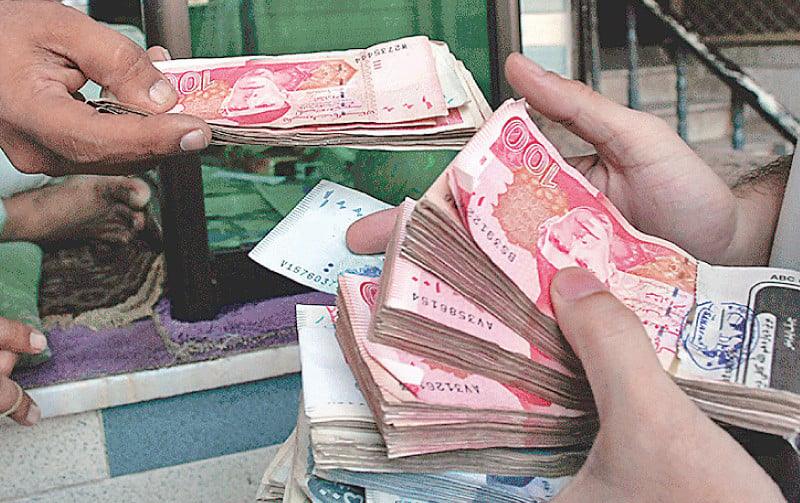KARACHI:
In December 2024, Pakistan recorded its third consecutive month of current account (CA) surplus of $582 million, reflecting a 109% year-on-year increase. This positive trend is attributed to improved exports, robust remittances driven by mass migration of human resources, moderate international commodity prices and reduced non-essential imports due to declining purchasing power.
However, challenges remain as the trade deficit widened and imports exceeded $5 billion, revealing vulnerabilities in maintaining the stability of the external accounts. Analysts warn that rising energy prices or a slowdown in remittances could strain the country’s external finances.
For the first half of the fiscal year 2024-25 (1HFY25), cumulative CA profit reached $1.2 billion, a sharp contrast to the $1.4 million deficit recorded in the same period last year. Export revenue rose to $3 billion in December, marking 10% year-on-year growth and surpassing the monthly average of $2.6 billion over the past year.
“The persistent balance of payments surplus for October, November and December 2024 reflects the right direction of economic policy,” Prime Minister Shehbaz Sharif said in a press release. The positive indicators reflect growing confidence in the government’s economic policies, he said, adding that programs like “Uraan” will further strengthen the economy.
JS Global attributed the surplus to robust remittances that widened the trade deficit along with a relatively lower services deficit. However, revised figures disrupted the streak of monthly profits, with the State Bank of Pakistan (SBP) reporting losses of $59 million for August and $21 million for September 2024. Despite these adjustments, the cumulative
CA profit for 1HFY25 remains materially positive at $1.2 billion.
Discrepancies in SBP, PBS figures
Export revenue rose to $3 billion in December 2024, up 10% year-on-year (YoY), surpassing the monthly average of $2.6 billion over the past year, according to JS Global. Meanwhile, imports averaged $4.7 billion, resulting in a trade deficit of $1.7 billion for the month.
However, the SBP reported a trade deficit $719 million lower than the Pakistan Bureau of Statistics (PBS). This discrepancy highlights the different accounting methods used – SBP uses a cash-based approach, while PBS uses accrual-based accounting, which includes deferred payment settlements. For 1HFY25, the trade deficit figures reported by SBP and PBS remain close to $11.5 billion and $11.2 billion, respectively.
Negative balance of payments
The financial account had a deficit in December 2024 due to the repayment of debts to banks. However, new loans of $733 million and foreign direct investment (FDI) inflows of $199 million provided partial support. As a result, the overall balance of payments showed a smaller deficit of $73 million for December.
“Despite external debt repayments, the cumulative current account surplus for 1HFY25 stands at $1.7 billion, reflecting resilience,” JS Global wrote. This surplus stabilized the SBP’s foreign exchange reserves at $11.7 billion, with import coverage improving to 2.8 months, the highest in nearly three years.
Pakistan recorded a net FDI inflow of $170 million in December 2024, down from $219 million in November. However, net FDI inflows for 1HFY25 grew by 20% y-o-y to USD 1.3 billion compared to USD 1.1 billion in the same period last fiscal year.
SBP FY25 CA targets within reach
For the financial year 2024-2025 (FY25), the SBP projects a CA balance within 0%-1% of GDP. JS Global noted that this target is achievable, supported by a balanced trade deficit and a steady inflow of remittances.
Ali Najib, Head of Equity Sales at Insight Securities, attributed the improved CA profit to better exports, strong remittances, moderate global commodity prices and curtailed non-essential imports due to reduced purchasing power. However, he noted that the trade deficit widened in December as imports exceeded $5 billion, underscoring the challenges of maintaining external stability.
“Pakistan’s reliance on remittances and global demand for its exports remains a key vulnerability,” Najib noted. He warned that rising energy prices or falling remittances could affect future results.
The surplus has helped strengthen foreign reserves, stabilize the rupee and boost investor confidence. Sustaining this momentum will require strategic export diversification, maintaining remittances and effectively managing imports. Addressing structural vulnerabilities will be critical to ensuring long-term economic resilience, Najib added.



